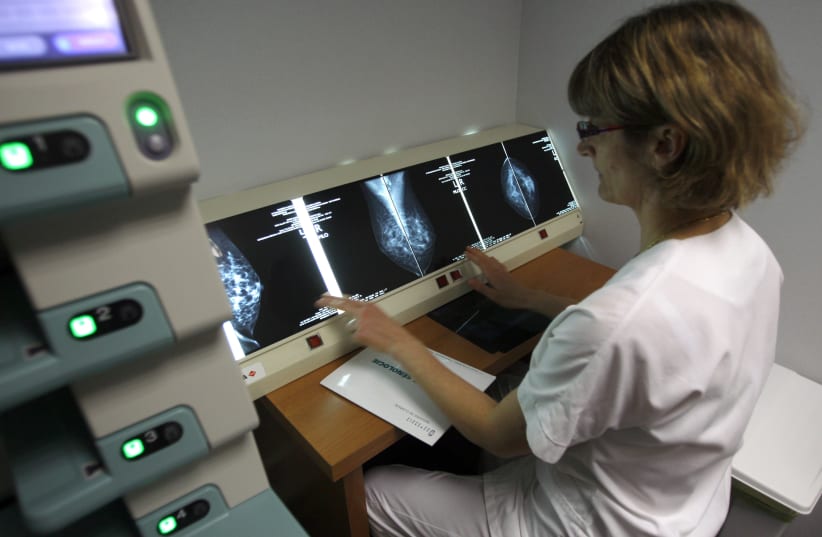Israel is currently facing a shortage of about 250 radiologists required for carrying out essential medical services such as X-rays, CT scans and MRIs, Radiology Association chairman Prof. Ilan Shelef told the Knesset Health Committee Monday evening.
The meeting was attended by committee members MKs Yael Ron Ben-Moshe (Blue and White), Ofir Katz (Likud), Uri Maklev (United Torah Judaism) and Ya’acov Margi (Shas). It was convened with the aim of working on a solution to the problems raised by Shelef.
The shortages were partially due to certified radiologists in Israel choosing to do remote work for medical companies abroad rather than inside the Israeli medical system, Shelef told the committee.
As a result of these shortages, a person who is referred for a CT scan might need to wait for up to two months for an appointment, and the situation is even worse for those in need of an MRI, with a wait of around eight months, he said.
The wait does not end once the appointment comes, Shelef said. Due to a severe shortage of people in Israel who can decipher the results, receiving the results can take between one and two months, meaning that for some people, the entire process of receiving an MRI examination can take close to a year, he said.


“And therefore, even after the promise of additional machines, waiting times will not be shortened because there will be nobody who can decipher the tests,” Shelef said. “This delay fatally harms the health of civilians and even endangers their lives.”
A dire situation
The situation is even worse in the North and South, Katz said, adding that the imaging devices the country does have are distributed unevenly, with less attention being paid to the periphery.
“There was a time when there were no doctors working in the field of premature infants, and it became almost an extinct profession until the Health Ministry found a solution,” Margi said, adding that it was important to find a similar solution to the shortage of radiologists.
“Here, too, this requires a comprehensive solution – not a piecemeal job,” he said. “It is impossible to accept this statement that there is a shortage, and that’s that.”
Not only is the situation bad now, it is expected to worsen in the coming years. Many doctors currently working in the field are nearing the age of retirement, and there are fewer and fewer people choosing to specialize in the field of radiology, meaning they do not have the required numbers to replace them.
“There was a time when there were no doctors working in the field of premature infants and it became almost an extinct profession until the Health Ministry found a solution."
Shas MK Ya’acov Margi
Furthermore, the situation is complicated by an increasing reliance on a newer form of imaging technology called arterial spin labeling (ASL), which has increased in popularity by 500% over the last few years. While these tests can have multiple advantages over traditional MRIs, depending on the context, they take longer to decipher, further increasing the already long waiting times.
“If they do not increase the number of radiologists, we will be in a terrible situation,” Shelef said. “We have the highest number of tests per device in the world.”
However, a solution to the long-standing problem may be in the works. Dr. Osnat Luxembourg, director of the Health Ministry’s Technology Division, said the government was in the process of establishing a team to further examine the issue of extensive waiting times.
“Urgent tests are deciphered immediately,” she said. “For ambulatory tests, there is indeed a waiting time, and it varies between the types of tests and between different hospitals and their systems. We have set up a team that will examine the waiting times for all imaging tests so that we can get a complete picture.”
“We have set up a team that will examine the wait times for all imaging tests so that we can get a complete picture.”
